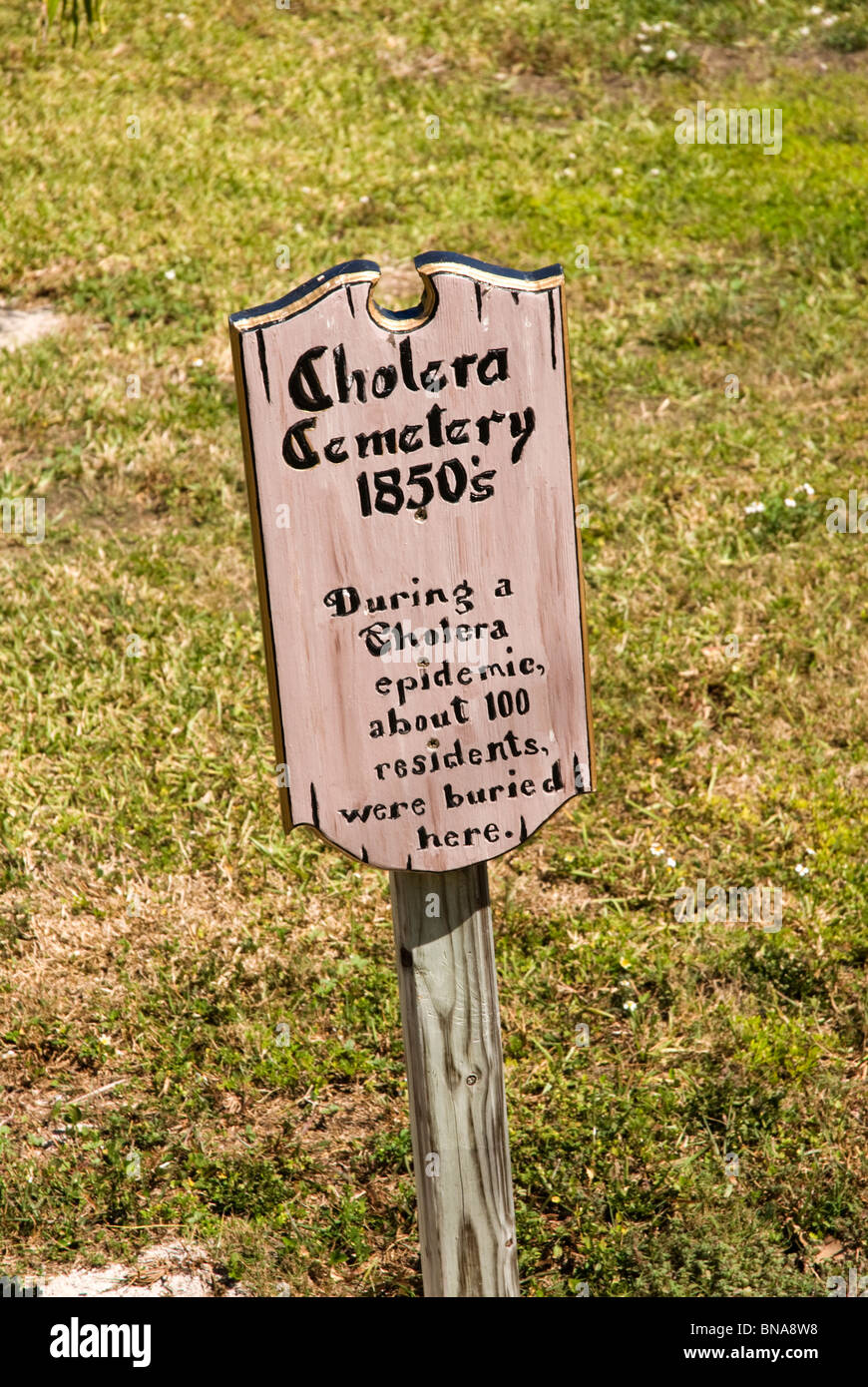Cholera Cemetery, 1849
From the Corona Files

During these days of lockdown my
mind wanders to sunnier times—walking around without a mask, to bicycling along
back roads.
I remember a ride with two friends
where we passed through nameless small villages. Try as I might, I cannot
recall the name of the town. There were a lot of Little Norways and names
dedicated to the old country, a country and time so far back in generations
that the geography lent no DNA.
Anyway, I passed a primitive, enclosed
graveyard on a bluff, the stone wall eroding in sandy debris down the
hillside. A marker indicated the
cemetery was dedicated to the victims of a cholera outbreak.
Loose research on the Internet
turns up reoccurring epidemics mostly during the hot prairie summers. Folks
didn’t know what it was or how to stop it; they only knew it killed quickly, dehydrating
victims who usually died of diarrhea until bodily systems shut down. “Some were
feeling healthy and fine in the morning, but dead by the afternoon, cholera
killed quickly. Vomiting, diarrhea, cramps, fever, and dehydration marked the
symptoms. Then the circulatory system collapsed and shock set in.”
Sometimes whole families died, it
decimated small towns. Immigrants were suspected of bringing the disease. Without
real knowledge, fear took over. Survivors were afraid to touch the bodies
piling up. They were relegated to the Cholera Cemetery.
“Before the real cause of cholera,
the blame for many 1849 deaths in little Norway came from immigrants from the
mother country. It was thought the disease spread by night time air. In some
locales, fires were burned in roads to purify the air.”
Years later these once thriving
communities are just ghost towns.
I thought about that lonely
graveyard the other day when I was cycling—escaped from lockdown to venture out
on my bike. Will a hundred years from now, people read about this epidemic and
wonder: What must it have been like—all that not knowing, fear, and death?

Comments